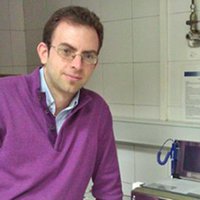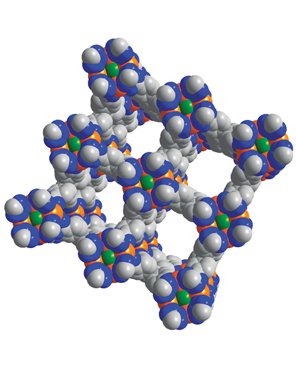Nanotechnology & materials
Mircea Dinca
Using sponges to improve and store alternative fuels
Courtesy of Mircea Dinca

Europe
Matthieu Sonnati
Eco-friendly and fast-drying paints made with biological material

Europe
Rafael Luque
Nanoparticles from residues used to turn biomass into bioplastics and biofuels

Global
Prashant Jain
Tuning nanocrystals to make tinier, more efficient switches for optical computing and solar panels

Europe
David Fattal
A revolutionary 3-D display to provide a new look to moving images
